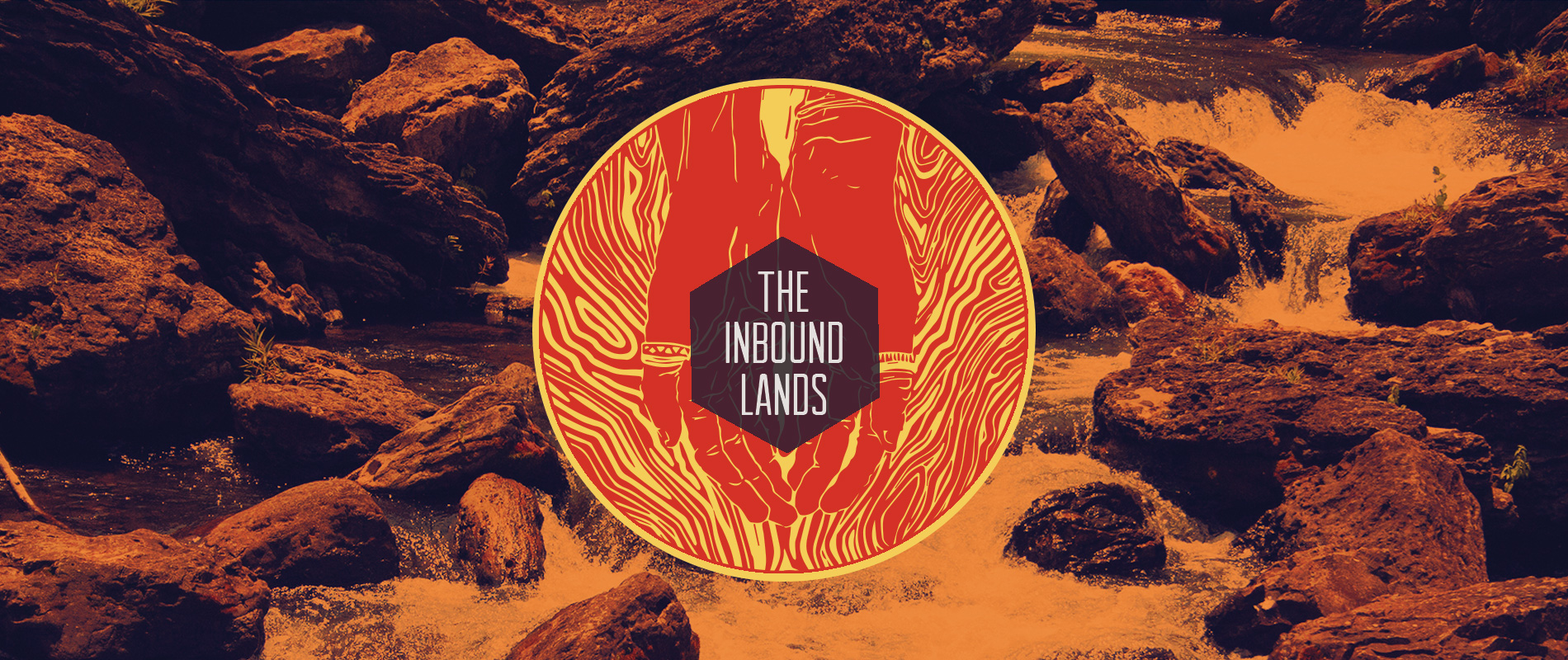Flock Yumani
Mining, Stonework, and Geological Survey
The Yumani are primarily responsible for mining operations within The Inbound Lands, and are based largely (but not entirely) within the Vessel, Bone, and Flat regions, with secondary outposts in Eye, Peak, and Cleft.
Though mining practices and locations can and do fall outside of their management, they are responsible for roughly 80% of the Birdfolk mining industry. Their stronghold on the industry is rivaled only by some factions within the Northern Walkingfolk territories, but otherwise the Yumani are the considered the foremost experts within the field.
Public Agenda
The Yumani are tasked not only with proper mining techniques,training, and economic collaboration with allied Flocks, but also held accountable for proper environmental impact management of their mining facilities. Yumani facilities are assigned a Ranger posting for the purposes of oversight, accountability, and reporting, and are subject to routine testing and visits. As with any major environmental alteration, Yumani mining outposts must petition for expansion when applicable, or submit revised permits for amendment to existing properties.
Yumani also generate annual stonework, mineral assets, and geology reports on the general state of The Inbound Lands, including monitoring the Calderas and potential hotspots for volcanic activity. They work closely with the Hall of Volcanistry (aka The Scorium).
History
The Yumani are one of the oldest Birdfolk Flock structures; contractual documents detailing the legal arrangements of the first Yumani Alliance have been found as early as -1080 zk. Prior to this date, smaller mining Flocks competed for available land and resources.
Early trade relationships with the Caravans found these Flocks at a disadvantage economically, as the Caravans could easily move farther for lower trade rates. Early trade associations formed between these mining Flocks to create a universal rate for mineral goods, to track the movements of the Caravans, and to determine equal opportunity for mining management and distribution of goods and services. By -1167, three major alliances had formed: the Yuman (across the Bone region and the southern coast near the Citadel), the Hokan (across the southwestern Flat and southernwestern lowlands of Vessel), and the Cochimi (along the southwestern highlands coasts of Boat).
Disaster befell the Cochimi through a major mining cataclysm in -1115, and remnants of that Flock absorbed into the Hokan's protective territory. Early success in this venture bolstered the overall desire for extended cooperation with the Yuman and the other, smaller holdout Flocks. The increased cooperation benefited the involved groups, and by -1080 zk, the formal Yumani alliance solidified through contractual agreement; by -1000 zk, the majority of other, smaller mining Flocks had signed on.
The solidification of the Yumani was part of the greater impetus that allowed the Ni'kashiga the trade assets to become a shrewd and profitable naval trading empire, and the interests of the Yumani - though moderated through their Ranger observers and advisors - have unarguably influenced Ni'kashiga geopolitical and technological expansion throughout the Greater Inbound Lands.
Demography and Population
The Yumani are primarily Birdfolk. However, this folk has a high number of Northern Walkingfolk hetchlings, a handful of Southern Walkingfolk hetchlings, and a few of Foxen origin.
Mythology & Lore
Symbolic Associations
Truing of the Yumani
The Yumani have been "trued" to the direction Flat, and as such, are predominately associated with its color, Zi' (Yellow). They are tied to its connotations of dirt, sand, and other moveable forms of earth, and to the natures of wind, which moves the loose earth. However, secondary Ha'a denotes the use of Hto'hu (Blue) elements in moderation, for the connotations of carrying, opening, and asking, and of the use of Pazo'ekon (Maroon) elements, for the connotations of finance. Additional Ha'a color may be added as specialists require.Sigils of Note
Regardless of where they may be stationed, Yumani display the crest of Flat, but also symbols of the Yumani: a vertically-oriented diamond-shape, composed of two separate triangles separated by a thin gap. The symbol denotes both the top-heavy triangle of Flat, and the bottom-heavy triangle of Peak, suggesting the Flock's ties to the earth. In some areas of the southwestern Flat and Vessel regions, the Flocks of the Yumani - originally the Hokan - maintain a tertiary symbol of a small hand pickaxe: a curved line with a straight line extending perpendicularly.Folkloric Associations
As caretakers of the earth, the Yumani are considered guardians of the dormant gods laid within the rock. It is said that, in ancient times, the Cochimi - the greedy third Flock of the Yumani - attempted to open Baha, a God Egg, in order to devour a god and thus absorb its godliness. However, their ambition clouded their judgment, and in their haste to open the egg, the Cochimi failed to see how the egg was already rot. When they broke through the shell and entered in search of the fetal god, the gases of the dead crept into their lungs. The rot breathed upwards, fouling the camps around the egg. As one, the Cochimi laid down their tools in despair and gave their names away to the wind. So brutalized by their entry was the egg, that the rest of the shell collapsed upon itself, and the egg fell off into the ocean.
Founding Date
-1080 zk : first legal documents detailing the official contractual arrangements for the Yumani Alliance
Type
Corporation, Business
Alternative Names
Yuman, Hokan
Demonym
Yumani
Legislative Body
Though - as with any Flock - most major adjustments to policy require review by the greater Flock Council, policy and general oversight is held by the internal council of representatives, a governing body of eleven: one for each of the ten regions, and a Ranger representative who helps provide environmental advisement and acts as a tiebreaker on issues.
To the greater Flock Council, the Yumani provide a total of 5 representatives: 4 elected from the internal council, and the fifth as the Ranger assigned to the Yumani.





Comments